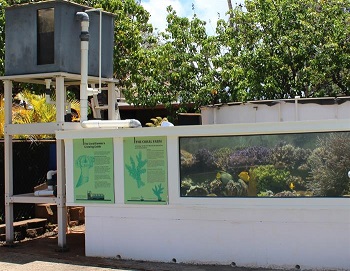
Marine Aquaculture (Mariculture)
Learn about the general selection and management for farming salt water species of plants and animals.
- Deals with the farming of salt water species of fish, shellfish, seaweed and other marine products
- Learn to plan and manage the farming of a wide variety of marine life
- Self paced study, expert tutors, start anytime, 100 hours of learning to give you a sound foundation in marine aquaculture.